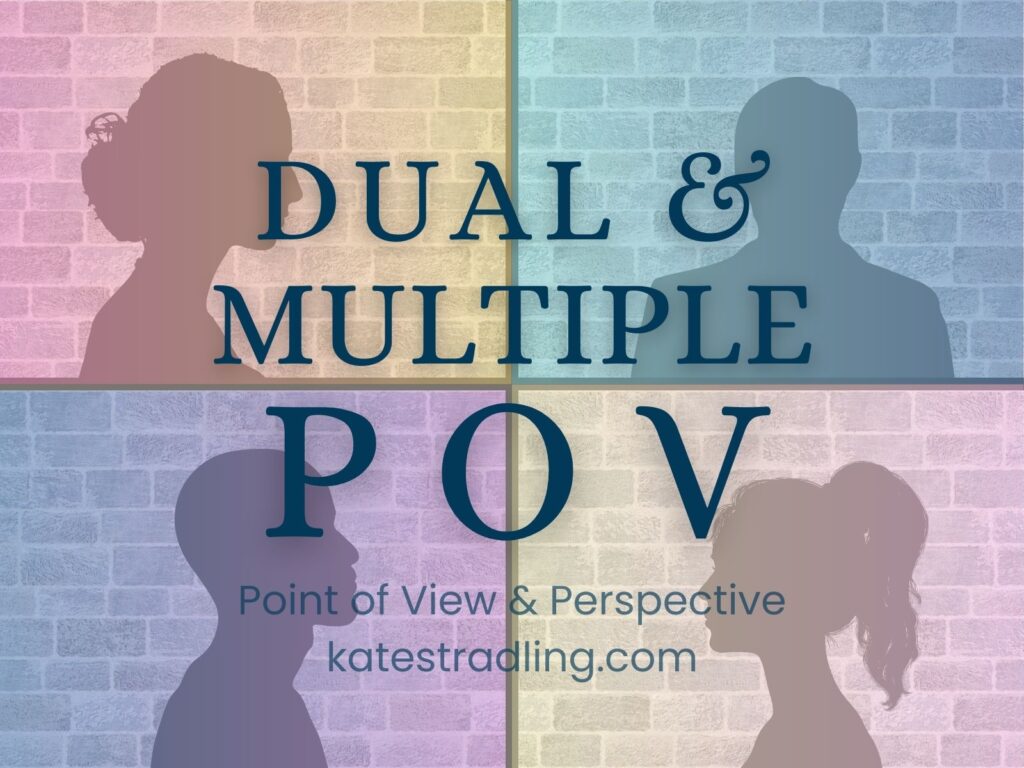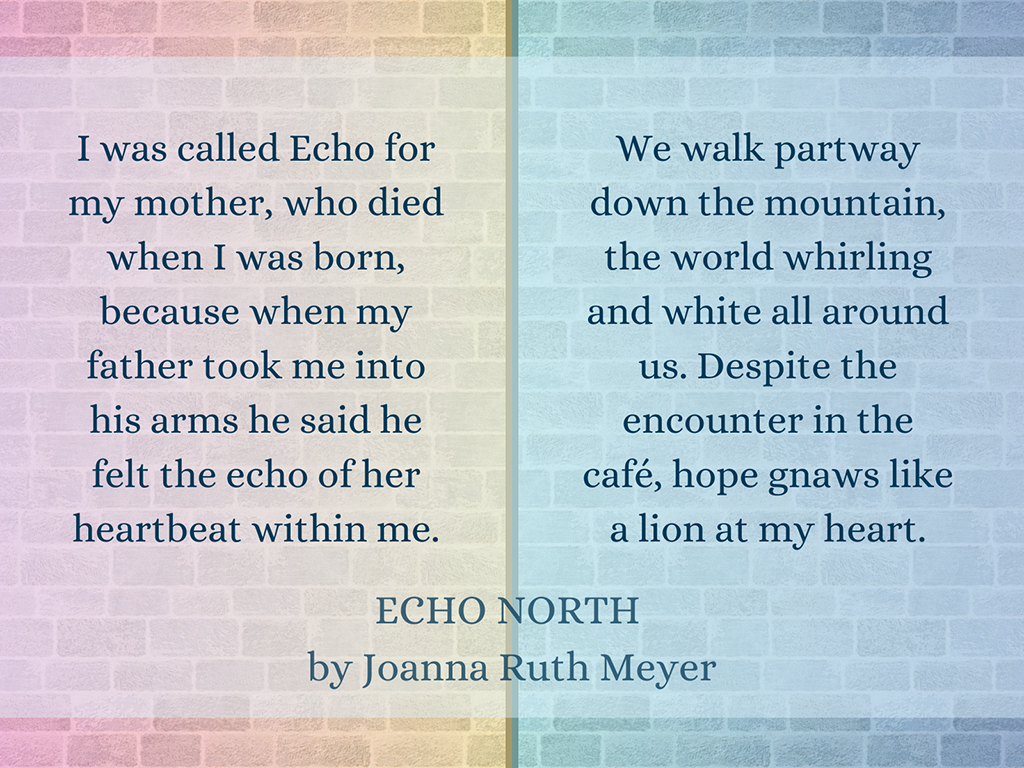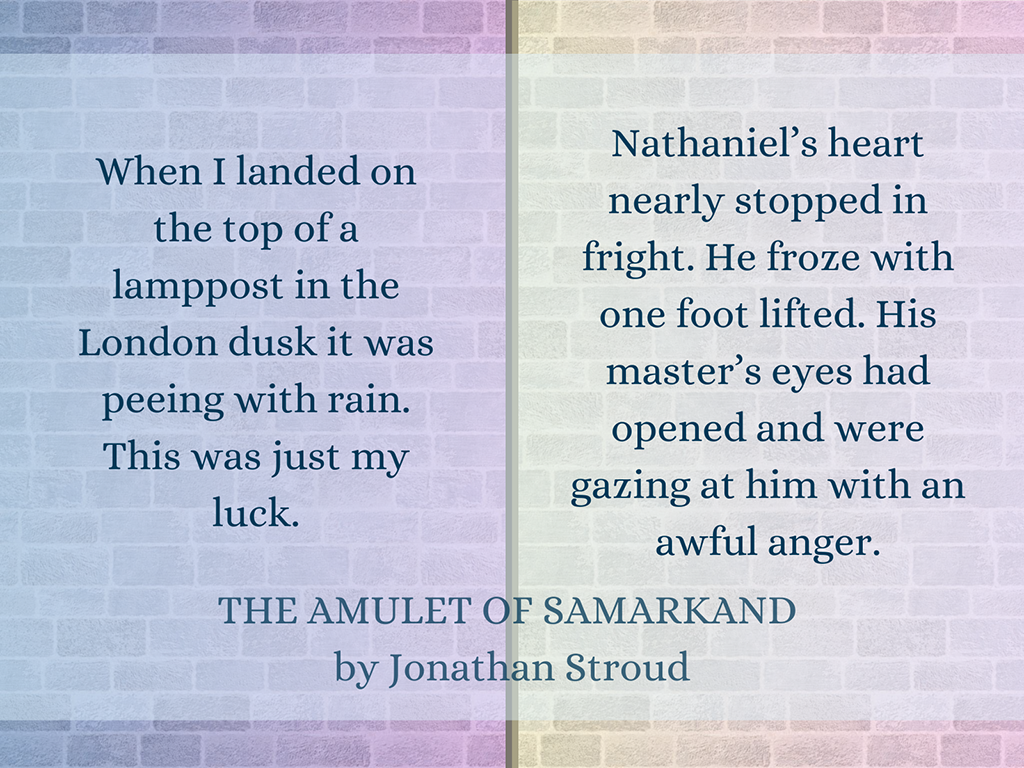As the name implies, Dual and Multiple POV is a technique wherein two or more separate and distinct Points of View tell the story. This can be a book with multiple Viewpoint Characters, different Point of View types, or both.
This technique solves the problem of when a Viewpoint Character isn’t present for all necessary story events. It allows different angles for the Reader to experience the Plot and gives opportunities for closer understanding of multiple characters, settings, and themes which might otherwise not emerge.

Basic Mechanics
Shifts in Point of View happen at defined divisions within the text: chapter breaks, scene breaks, or part divisions. It should be clear to the Reader that the narrative has switched to another perspective.
For different Viewpoint Characters, one simple convention is to list the character’s name under the Chapter heading, This neatly signals who the narrative will center on in that section of the text.
Even with this, though, Dual or Multiple POV requires distinct narrative voices to differentiate between Points of View. One of the greatest pitfalls of this technique, especially if both Points of View are First Person, happens when the chosen Viewpoint Characters sound roughly the same. This can create a jarring moment where the Reader assumes one character is in focus but suddenly realizes it’s another. A lack of distinction in the Viewpoint Characters’ narration will send that Reader flipping back to the chapter header to double-check who’s in charge.
Other Potential Downsides
Dual and Multiple POV also runs the risk of retreading the same events from different perspectives, which can make a story unnecessarily repetitive. Generally, you don’t want to drag a plot backward. If you’re switching narrators but feel the need to rehash a plot development from the new perspective, there should always be a different emotional arc, a different reaction, something relevant to the Reader experience.
Also, beware of having too many Points of View. This can loosen and muddy what should be a tight narrative. Every story has different needs, so there’s no pre-set number of perspectives to stay within. Readers will always gravitate toward the most dynamic characters, though. Superfluous Points of View invite them to skim, skip, or DNF.
In addition to no pre-set limit, there’s also no hard rule about what percentage of a story a perspective should have. I can think of two examples off the top of my head that have only a single chapter in their second Point of View:
- MAGIC FORGED by K.M. Shea features protagonist Hazel as its narrator for everything except the final chapter, when it switches to her vampire counterpart, Killian.
- THE FALSE PRINCE by Jennifer A. Nielsen features street urchin Sage as its First Person narrator, but near the end it briefly switches into Third Person because Sage is not present for the events.
In both cases, the unique POV chapter contains a huge reveal for the story as a whole. And as both of these books are wildly successful and well-loved, the brief switch in perspective obviously works.
An Example of Switching Narration Types
ECHO NORTH by Joanna Ruth Meyer is a superb example of Dual Point of View. This retelling of the Norwegian fairy tale “East of the Sun, West of the Moon” uses First Person Past Tense for Part 1 but switches to First Person Present Tense for Part 2. The same Viewpoint Character narrates both.

While this may seem like a minor shift, it draws a distinct line between the story’s THEN and NOW. This ends up being a thematic element for the book as a whole, as well as foreshadowing for a plot twist near the end.
It’s just… *chef’s kiss*
An Example of Switching Types + Viewpoints
THE BARTIMAEUS SEQUENCE by Jonathan Stroud provides an excellent example of Multiple Points of View with different narrative styles as well as Viewpoint Characters. It features a First Person perspective for the malevolent Bartimaeus, and a Third Person Limited Omniscient perspective for his summoner, the boy-magician Nathaniel.

Books 2 and 3 add resistance-fighter Kitty into the mix. The three Points of View play off one another beautifully:
- Bartimaeus, who from an outside perspective would look like a wicked and conniving djinn, oozes personality in his First Person narration. Through it, he deftly charms the Reader.
- In contrast, Nathaniel’s Third Person Limited Omniscient perspective holds him at a distance. It allows just enough insight into his background for the Reader to pity him but still disapprove of his selfish choices.
- The addition of Kitty further highlights Nathaniel’s moral ambiguity. Through her, the Reader learns how very privileged he is versus others equally talented but less fortunate.
In short, Stroud’s masterful use of Dual and Multiple POV creates a narrative where the Reader can root for Nathaniel’s character growth while simultaneously wanting to wring his neck.
Final Notes
Dual Point of View is currently popular in the romance genre, as well as stories with a strong romantic subplot. Multiple Points of View work well in stories with ensemble casts, such as heist-themed adventures.
This technique allows the Author to stretch their Point of View skills within a single work, and to have fun while doing so.
- What are your favorite Dual and Multiple POV stories?
- How might this technique enhance or undermine a narrative?
Up next: The Frame Story
Previous: Deep Point of View
Index Page: Point of View
H. L. Burke uses this method a lot for her stories. And since I’ve gotten to narrate several of them, it’s been fun to sometimes insert subtle differences in how I narrate the various POVs – for instance, I tend to give sarcastic characters a little more snark in their narration!
My favorite First Person POV switching would definitely be the Animorphs series. I don’t usually care for First Person switching, because, as you mentioned, it can be easy to get confused as to who is narrating. Animorphs is unique in that each book has a different narrator, giving the Reader has lots of time to get used to a character’s voice; then, in the few special books where the narrators are all present and switching chapters, I’m already used to hopping between their heads and I have no trouble following along. (It’s even easier in the audiobooks, because the company cast a separate narrator for each POV, so just by who’s talking you know who’s narrating.)
(Also, random side-note: I love the little backgrounds you put behind your excerpts, especially the fact that you’ve put different ones in each blog post! The gradient colors in this post are particularly pretty.)
Ahh, narrating Dual/Multi would be so daunting! It sounds like you have fun with the challenge, though.
Thank you for the Animorphs info. I didn’t mention Multiple POV stretching across a series, so that is a great example to add to the topic. It’s quite a feat that each narrator has a distinct enough voice to recognize in the ensemble books! And I love that the audiobook company preserved that. What a nice attention to detail!
(As for your side-note, thank you! For this series, I’ve grouped graphic styles by what topics go together. At first I wasn’t sure how to present Dual examples and almost left out the quotes. Thus, this week’s graphic design was my own little triumph, haha. I’m so glad you enjoyed it!)
Comments are closed.